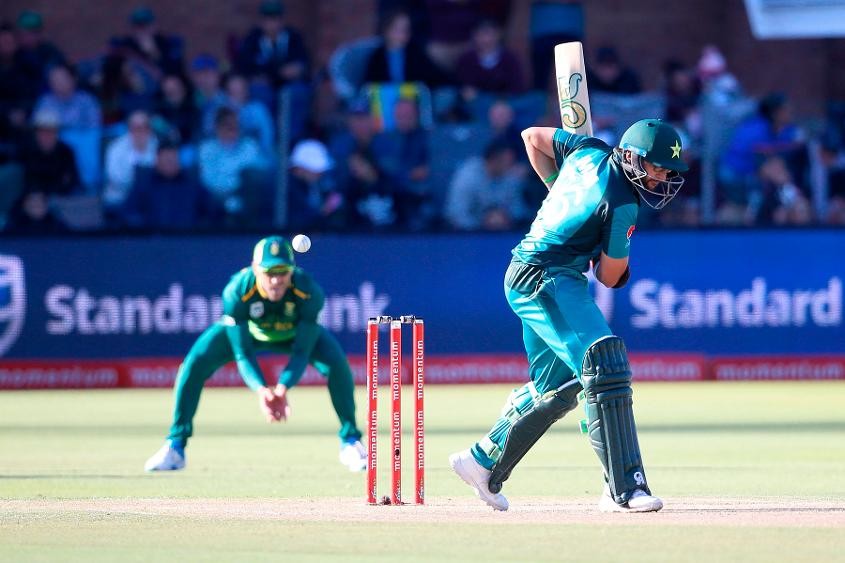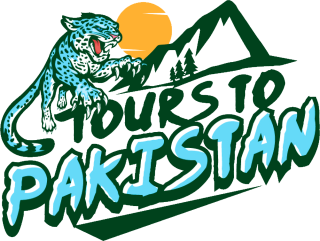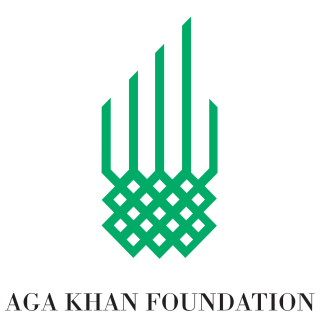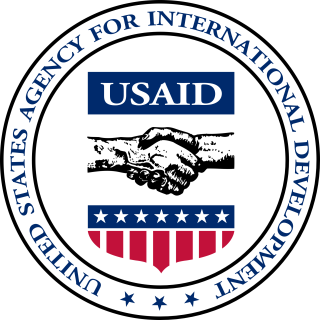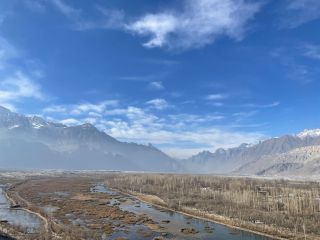Geography of Pakistan
Pakistan has an area of 796,096 km2 and has common borders with Iran (900 km) to the west-southwest, Afghanistan (2,400 km) to the northwest and to the north, China (520 km) to the north-east and India (2,900 km) on its entire east-south-east side. The south coast is bordered by the Arabian Sea with 1,050 km of coastline.
The relief is formed by high peaks in the north (including Mount K2 which, at 8,611 meters above sea level, is the second highest point in the world), arid mountains in the west, an inhospitable plateau in the south West, the Cholistan Desert in the Southeast and alluvial plains used for agriculture everywhere else.
Pakistan’s climates are varied. Baluchistan and part of Sindh have desert or semi-arid climates. The rest of the country, and where the majority of the population lives, experiences a humid climate with a monsoon season, which extends from June to September. This produced catastrophic floods in 2010.
The diversity of climates and landscapes induces a great variety of animal and plant species, especially in the Indus basin. In 2000, 2.5% of the territory, or about two million hectares, was occupied by forests.
The Global Climate Risk Index 2020 places Pakistan in fifth place among the countries most affected by climate change between 1999 and 2018, with an increase in extreme heat waves, humidity and flooding. The country is directly affected by the melting of the Himalayan glaciers, causing severe water shortages in part of the country, as well as the gradual disappearance of riparian forests. Between 2000 and 2010, Pakistan lost an average of 43,000 hectares of forest each year.
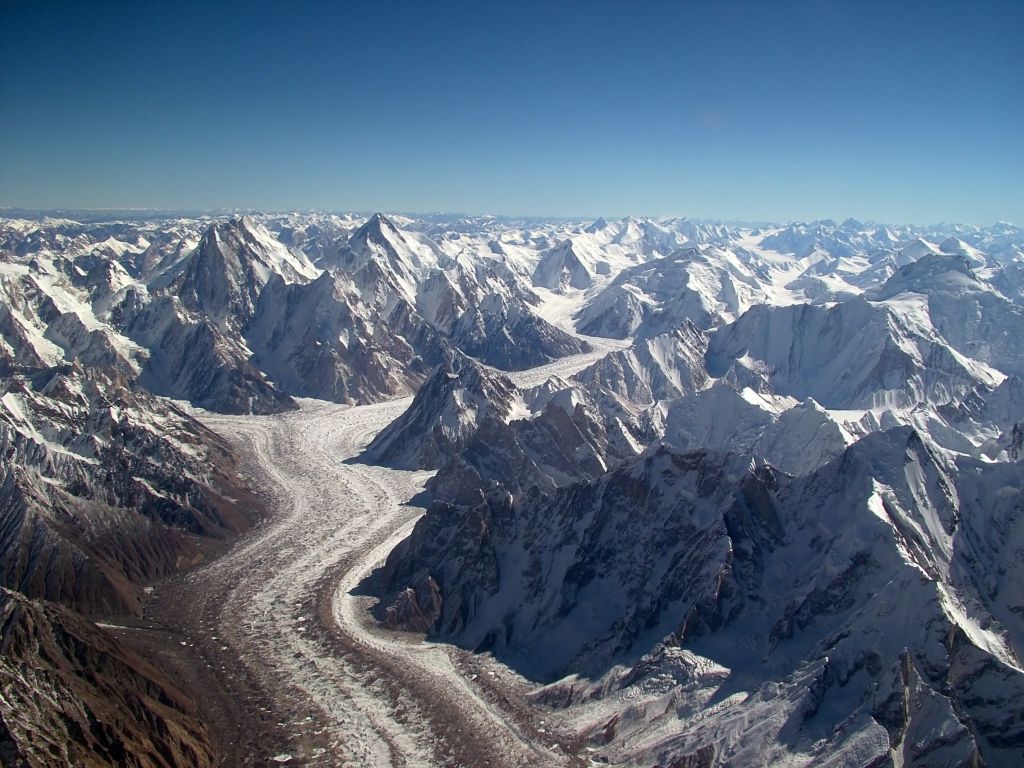
Provinces of Pakistan
Modern Pakistan is a federation which is divided mainly into four parts called provinces (soubeh) which substantially overlap with the distribution of the main linguistic areas: Punjab, Sind, Balochistan and Khyber Pakhtunkhwa. The latter contains since 2018 the tribal regions that merged with the province.
At the same level, we find the territories which have their own legal regimes. This is the case of the federal territory of Islamabad as well as the part of Kashmir administered by Pakistan, which is subdivided into two territories: Azad Kashmir and Gilgit-Baltistan.
Pakistan is also divided into 156 districts. At the lower level, there are also tehsils and Union Councils.
| Name | Status | Surface | Population | Capital |
| Balochistan | Province | 347.190 sq km | 12.344.408 | Quetta |
| Khyber Pakhtunkhwa | Province | 101.741 sq km | 40.525.047 | Peshawar |
| Punjab | Province | 205.344 sq km | 23.110.012 | Lahore |
| Sind | Province | 140.914 sq km | 47.886.051 | Karachi |
| Federal Territory of Islamabad | Territory | 1.165 sq km | 2.006.572 | Islamabad |
| Azad Kashmir | Territory | 13.297 sq km | 4.045.366 | Muzaffarabad |
| Gilgit-Baltistan | Territory | 72.496 sq km | 2.441.522 | Gilgit |
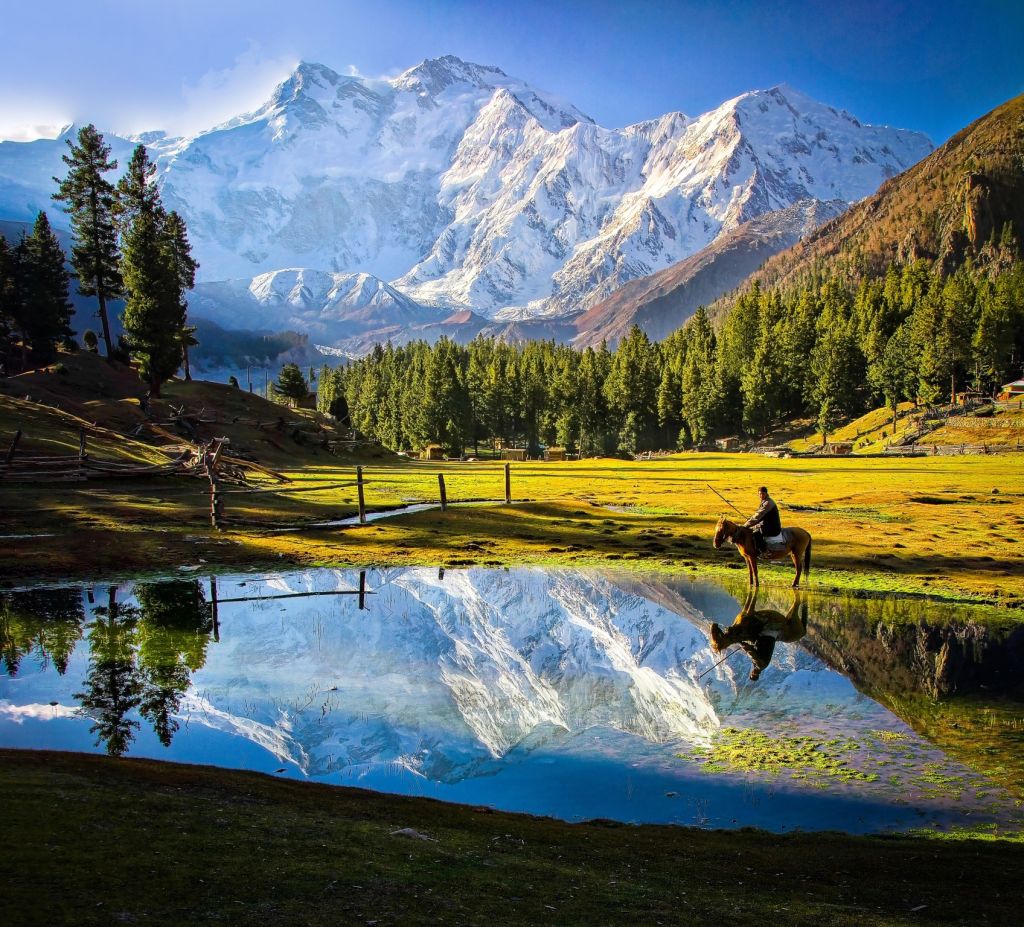
Cities by population
1. Karachi: 14.910.352
2. Lahore: 11.126.285
3. Faisalabad: 3.203.846
4. Rawalpindi: 2.098.231
5. Gujranwala: 2.027.001
6. Peshawar: 1.970.042
7. Multan: 1.871.843
8. Hyderabad: 1.732.693
9. Islamabad: 1.014.825
10. Quetta: 1.001.205
Demography
Pakistan is still experiencing strong population growth, despite a gradual decline in fertility. At 31 ‰, the birth rate remains strong while the natural growth rate reaches 2.3% annually, or nearly four million additional people per year. In 2017, the country’s population was estimated at 207 million. The fertility rate was 3.6 children per woman in 2018. According to the UN, the country’s population is expected to reach 338 million in 2050 then peak at 405 million in 2095 before declining.
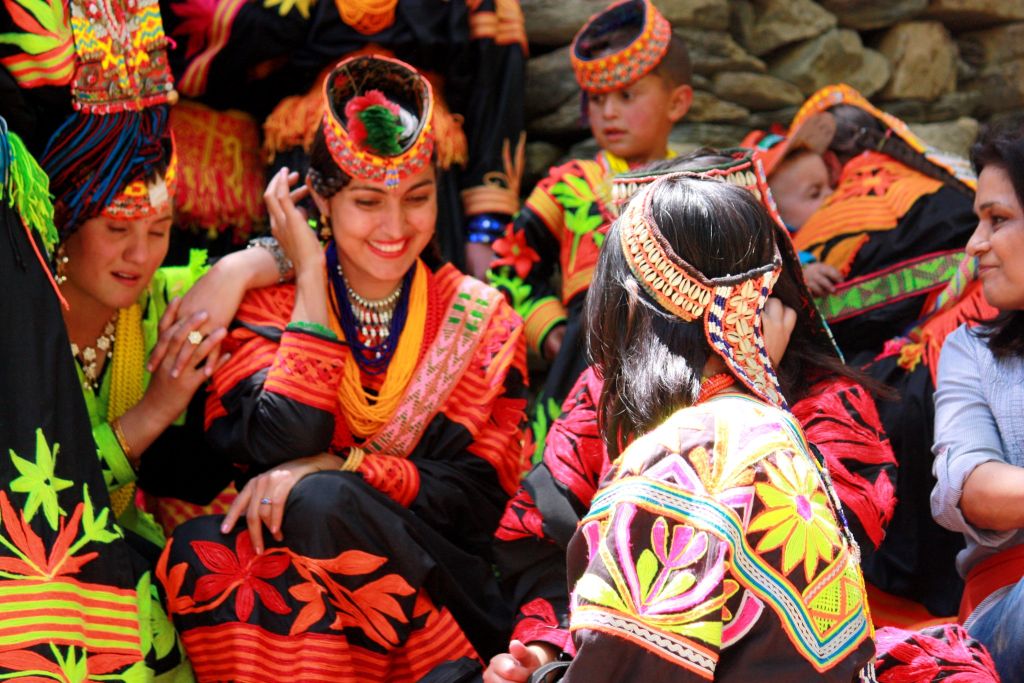
Languages
Urdu, the country’s official language, is the mother tongue of less than 8% of the population, especially among the elite and among the inhabitants of Karachi. A language belonging to the Indo-Aryan group of the Indo-European language family, it is nevertheless spoken or understood by 80% of the population and predominant in education. English is the second administrative language and is spoken by 7.5 million second language speakers (approximately 5% of the population). Only 100,000 Pakistanis have English as their mother tongue, and it is often young people who lived in Britain or North America who returned home. All administrative texts are translated into English, which is also a sign of distinction of the elite or of social advancement. The well-to-do class are generally fluent in this language, which is also very present in the media.
The four most important mother tongues are all regional languages, the most important being Punjabi (about 45% of the inhabitants), in the North of Punjab, followed by Pashto (16%) spoken in the North-West (province of Khyber Pakhtunkhwa , tribal regions and northern Balochistan province), Sindhi (14%) in Sindh province and saraiki (12%, sometimes considered a dialect of Punjabi) in southern Punjab. Finally, Baluchi, Hazara and Kashmiri are more minority regional languages.
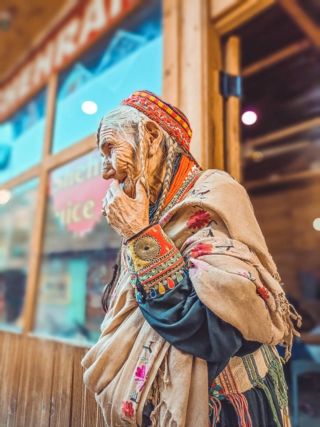
Ethnicities
The ethnic groups of the country generally correspond to the linguistic division. The Punjabis are the majority group (45%) while the Pashtuns and Sindis each make up about 15% of the population. With 8% of the inhabitants, the Muhadjirs speak mainly Urdu and are mainly present in Karachi. The country is experiencing many ethnic conflicts, especially in Karachi where violence is recurrent. There is also a significant number of Kurds in Pakistan.
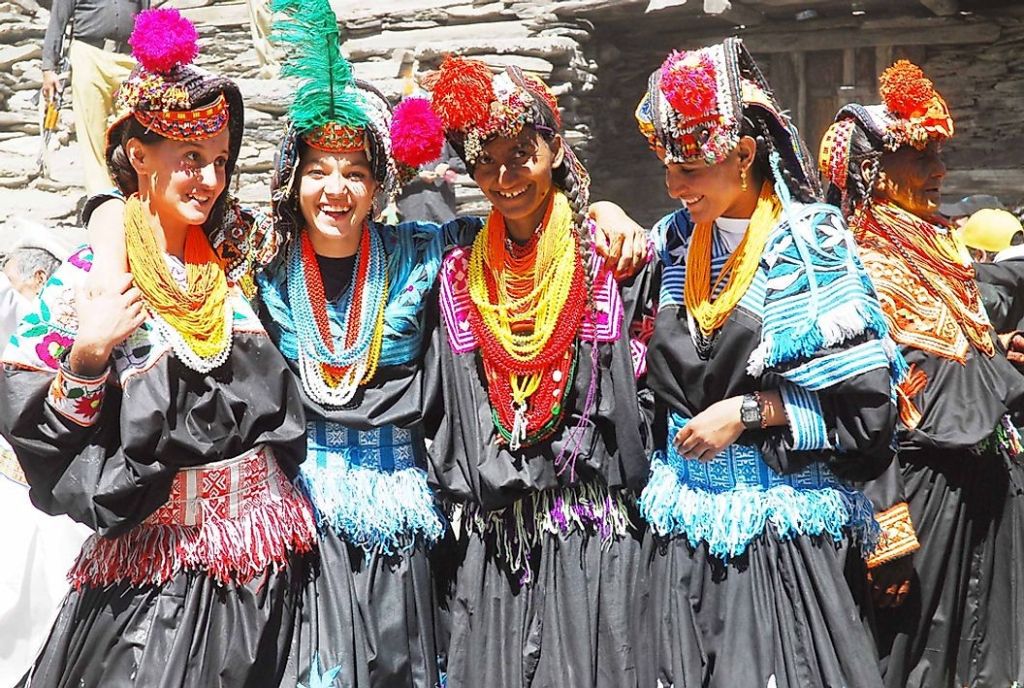
Economy
Largely agricultural, the country has an important textile industry and a small arms industry. Like its counterparts, the Tarbela dam on the Indus only partially remedies Pakistan’s energy deficit and its power cuts are recurrent and weaken the economy. The country relies mainly on the development of hydroelectricity and coal.
Due to the economic crisis at the turn of the 2010s, high oil and food prices in 2007-2008, increased domestic instability and power cuts, Pakistan is grappling with a large trade and budget deficit, in addition to inflation and increasing poverty. Due to the particular difficulties they face, women now form a large proportion of the poor population. The country had to seek help from the International Monetary Fund, despite a slight improvement in economic growth from 2013. In 2016, the signing of the China-Pakistan economic corridor provided for numerous investments.
The textile sector represents 70% of Pakistan’s exports, but the working conditions of the workers are deplorable. Small manufacturing shops generally do not sign labor contracts, do not respect the minimum wage, and sometimes employ children. Labor law violations also occur at large contractors of international brands. With 547 labor inspectors in Pakistan overseeing the country’s 300,000 factories, the textile industry is escaping scrutiny. Workers are also not protected by unions, banned in industrial zones reserved for export.
Transport
The main strength of Pakistan’s transport network is the strong presence of railways, a legacy from the days when Pakistan was a British colony. This rail network has a total length of almost 8,775 kilometers and serves all major Pakistani cities. However, trains and railways suffer from poor maintenance, and rail disasters are common. Since the early 1990s, the government has embarked on a highway construction program, a network that now links Lahore with Islamabad and Rawalpindi, three cities located in the north of the country. Some highways are still under construction and others are planned. The aim is to link Karachi, the main export port in the south of the country, with the populated and industrial cities in the north of the country.
Culture
The present-day region of Pakistan has been part of different peoples and empires (Aryans, Persians, Ghaznavids, Seldjouks, Arabs, Rajputs, Mughals, etc.). All these cultural influences have left many traces. The site of Mohenjo-daro is an important site of the Indus Valley civilization, the remains of one of the largest cities of the Bronze Age, among the earliest of civilization. Pakistan has a past and a cultural history closely linked to present-day India. Whether it is music, cinema, gastronomy, literature, the two countries are the heirs of the same common history.
Mohamed Iqbal, from a Hindu family converted to Islam, a poet, is the spiritual father of the country. The great representative of Pakistani Sufi music is Nusrat Fateh Ali Khan, who brought the art of qawwali to the world. The country being very marked by Sufi Islam, the cult of the saints (pirs) is very widespread, despite a return of conservative Islam. The pilgrimages of the Urs are moments of great devotion but also the occasion of popular festivals, during which there are concerts of mystical music.
Pakistan also has a rich architectural heritage inherited from the Mughal Empire. Among the most impressive is the Royal Mosque, which was for a long time the second largest mosque in the world, made of red brick and white marble with inlaid mosaics, and arguably one of the most beautiful mosques in the world. There are also the famous Shalimar Gardens dating back to Mughal times, when Lahore was the imperial city. The city of Lahore still remains the cultural capital of the country. In the Wazir-Khan mosque in Lahore, learning to read and write takes place, as elsewhere, through the verses of the Koran. The cinema industry is developed there, despite a certain decline in recent years due to competition from Indian cinema. The theater is also experiencing a great boom with contemporary authors like Shamshir Haider.
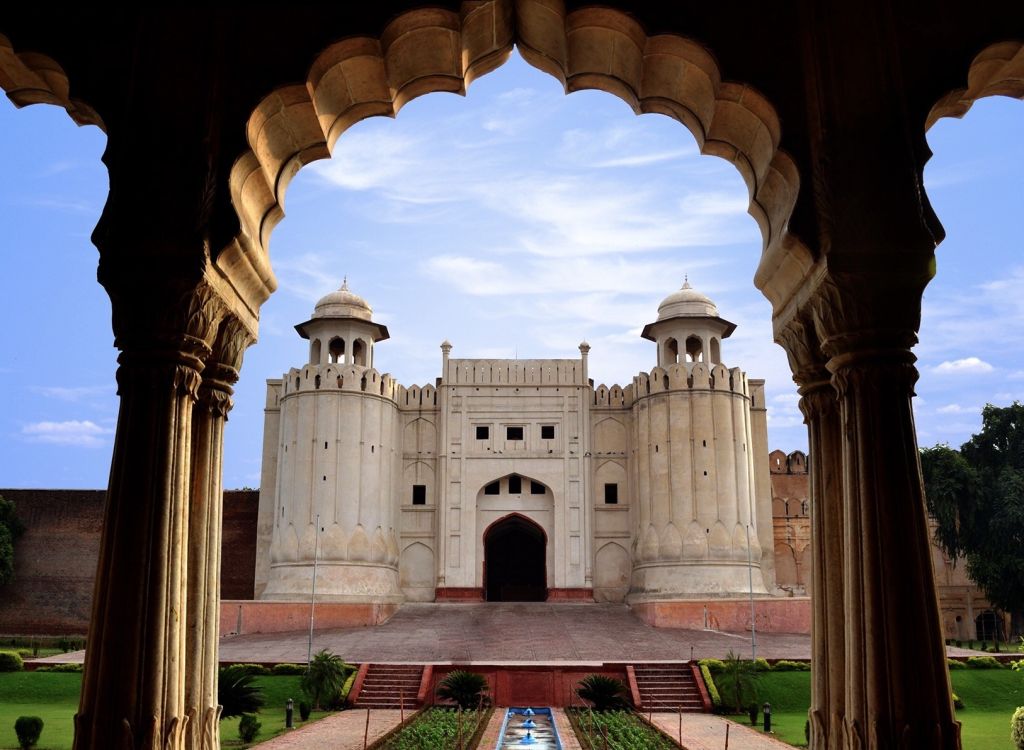
Religion
Sunni Islam is the majority religion in Pakistan, with 75% of the population while 20% of Pakistanis are Shia Muslims. Although very mixed with the Sunnis, the Shiites are numerous in Kurram, Sargodha and especially in the center of Sindh.
Islam has a properly essential role in Pakistan, having been created for the Muslims of the Indian subcontinent. Although a state religion since the Objectives Resolution of 1949, the legal regime has long remained moderately religious. However, the country experienced a turning point in the 1980s when Muhammad Zia-ul-Haq launched a policy of brutal Islamization. It notably introduces the Hudood ordinances concerning morals and the law on blasphemy. In 2006, the law for the protection of women however revisited part of this policy.
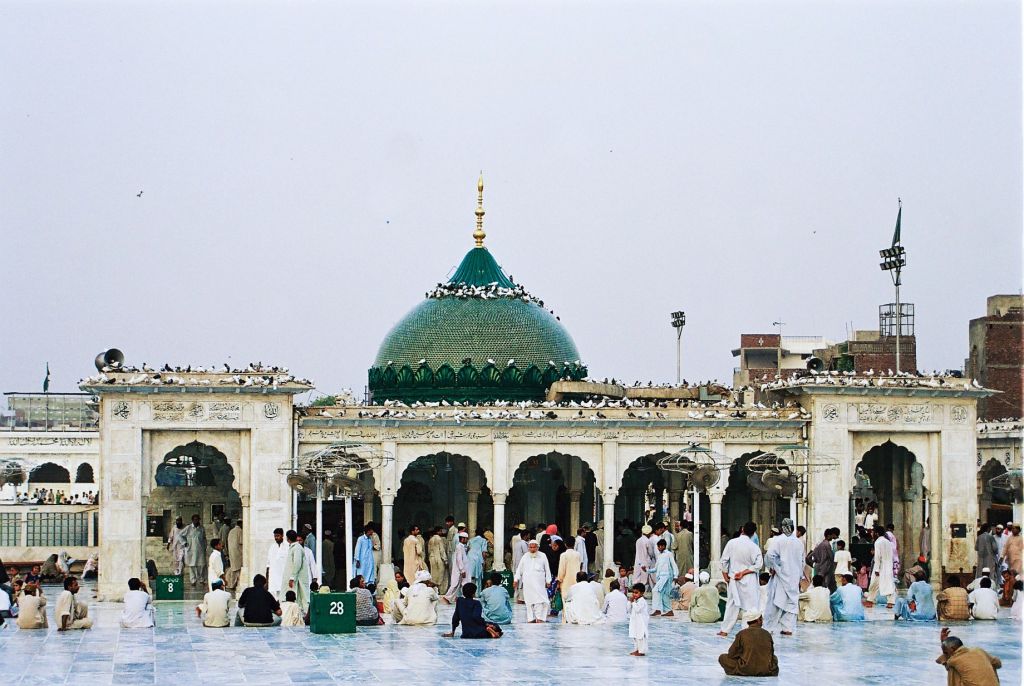
Hinduism
The Hindu population makes up 1,2 to 2% of the population depending on the sources, and live mainly in the rural areas of Sindh, especially in the districts of Tharparkar and Umerkot where they are almost in the majority.
The partition of India in 1947 caused massacres of religious minorities including Hinduism on the Pakistani side. Several million Hindus were forced to leave the country and became refugees. Hindus are still victims of a lot of violence in Pakistan.
Christianity
Nearly three million Christians live in Pakistan. They are approximately half Catholic and half Protestant. Christians are often poorly accepted by the Muslim population and encounter a lot of discrimination. They have very difficult access to high executive, administrative and political positions. Excluded by the majority, most of them live in slums without access to running water or electricity. Many attacks target them.
In Pakistan, Christians are mostly descendants of Hindus from lower castes who were converted by foreign missionaries, especially British, between 1757 and 1947: the converts hoped to emerge from a difficult social life, and climb the social ladder, but the situation of Christians in Pakistan today is just as difficult, and they are most often condemned to poverty and the most ungrateful jobs.
Other religions
There are a few other minority religions in Pakistan. The country has some 50,000 Sikhs with the cradle of their religion located in the Punjab with sacred sites such as Nankana Sahib, the birthplace of its founder Guru Nanak. There are also between 2,000 and 10,000 Zoroastrians who live mainly in the city of Karachi4. With a notable historical heritage, Buddhism also has up to 16,000 followers who live mainly in Cholistan, the extreme northeast of the Punjab, in Gilgit-Baltistan and in the northeast of Khyber Pakhtunkhwa. There are also animists (the Kalashs of Hindu Kush): between 4,100 and 5,000 in 2010.
Although they claim to be Muslims, the Ahmadis, roughly two to three million people, have been officially considered non-Muslims by the authorities since 1974 and this minority has been the target of numerous persecutions. Along with the Ahmadis, Pakistan also has a very small community of Baha’is. There would also remain a very small community of Jains, concentrated exclusively in Sindh, in the districts of Tharparkar, and Umerkot, whose numbers do not exceed a thousand individuals.
Sports
The most popular sports in Pakistan are cricket and field hockey in which Pakistan has won several major titles. In addition to these two sports, kabaddi and freestyle wrestling are also very popular. Football (soccer) is in the process of development. Since the arrival of the various crises in the country during the early 2000s, the affluence of sport has declined, both in sport and economically.
Like football in the Brazilian streets, cricket occupies all those of Pakistan. It is the most popular sport in the country. The Pakistan cricket team notably won the 1992 World Cup and was a finalist in 1999. It was again a finalist of the ICC World Twenty in 2007, then winner in 2009 and semi-finalist in 2010 and 2011 and finally won the Asian Cup in 2012.
Although hockey is Pakistan’s national sport and cricket by far the most popular sport, squash is the sport in which Pakistan has achieved the most success. Pakistan has dominated squash like no other country in the world for nearly five decades. It reached its peak in the 1980s and 1990s during the reigns of Jahangir Khan and Jansher Khan. Between 1950 and 1997, Pakistan accumulated over thirty British Open titles and fourteen World Championship titles.
